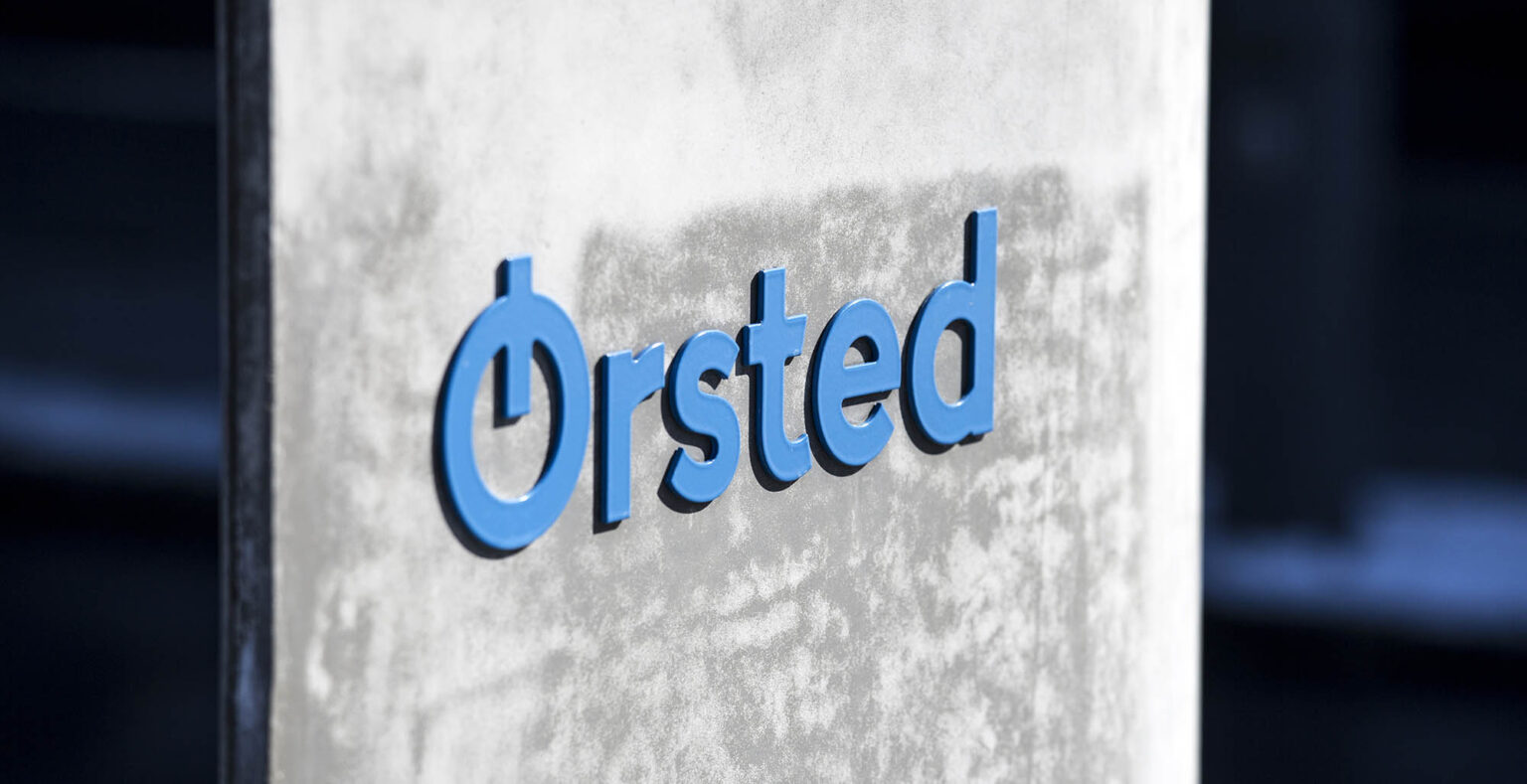
Earnings Per Share (EPS) of $0.947 was below the estimated $1.37, indicating lower profitability than expected.
Despite revenue falling short at approximately $2.92 billion against an estimated $3.26 billion, Orsted’s price-to-sales ratio of about 2.80 reflects investor confidence in its future growth.
The debt-to-equity ratio of approximately 1.18 and a current ratio of about 1.34 suggest a balanced financing strategy and a stable liquidity position.
Orsted, trading under the symbol PNK:DOGEF, is the world’s largest offshore wind power developer. The company focuses on renewable energy, particularly offshore wind farms, and is a leader in the industry. Orsted’s competitors include other renewable energy companies like Vestas and Siemens Gamesa.
On February 6, 2025, Orsted reported earnings per share (EPS) of $0.947, which was below the estimated $1.37. This shortfall in EPS indicates that the company’s profitability was less than expected. Despite this, Orsted’s price-to-earnings (P/E) ratio is approximately 22.87, suggesting that the market still values its earnings relatively high compared to its peers.
Orsted generated revenue of approximately $2.92 billion, falling short of the estimated $3.26 billion. This revenue miss highlights challenges in meeting market expectations. The company’s price-to-sales ratio of about 2.80 indicates that investors are willing to pay $2.80 for every dollar of sales, reflecting confidence in its future growth potential.
The enterprise value to sales ratio of around 4.83 shows Orsted’s total valuation compared to its sales, while the enterprise value to operating cash flow ratio of approximately 15.42 highlights the relationship between its valuation and cash flow from operations. These metrics provide insight into how the market perceives Orsted’s financial health and operational efficiency.
Orsted’s earnings yield is about 4.37%, offering a perspective on the return on investment from its earnings. The debt-to-equity ratio of approximately 1.18 indicates a balanced approach to financing its assets with debt and equity. Additionally, the current ratio of about 1.34 suggests that Orsted is well-positioned to cover its short-term liabilities with its short-term assets, reflecting a stable liquidity position.

